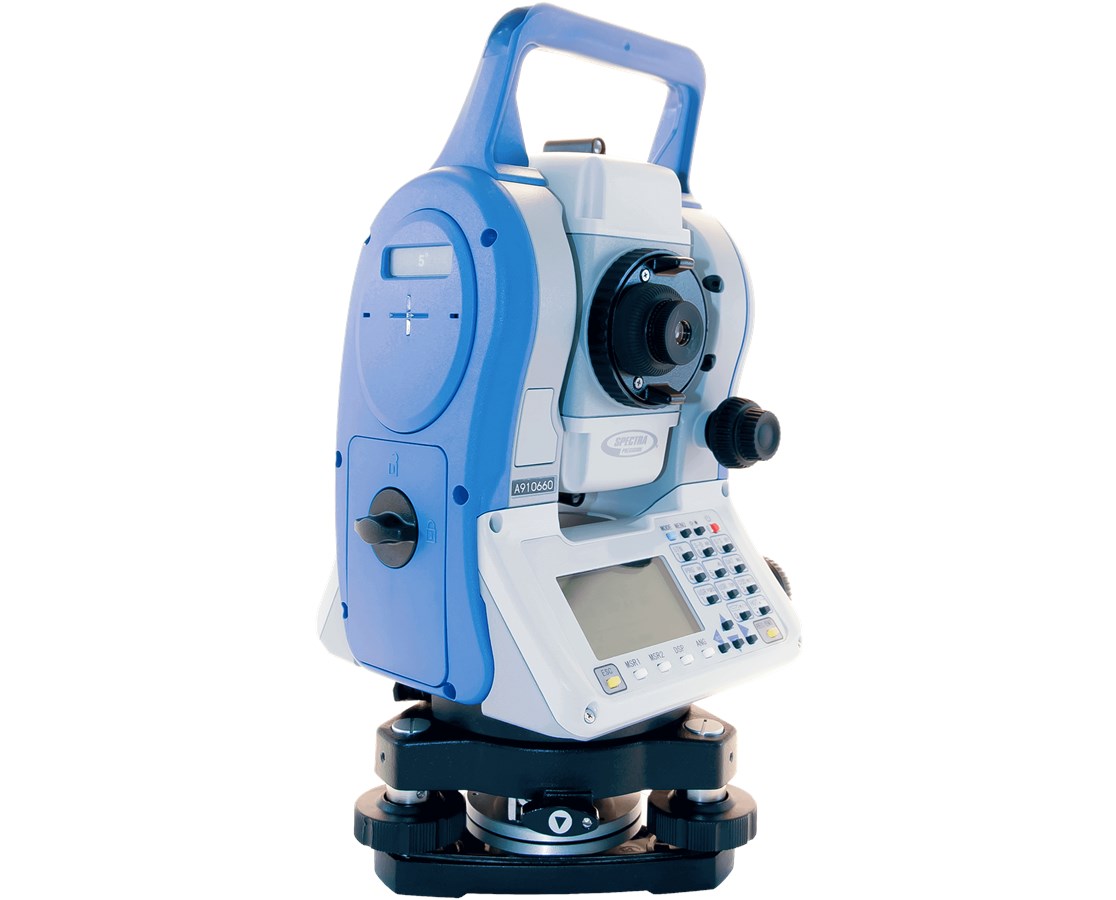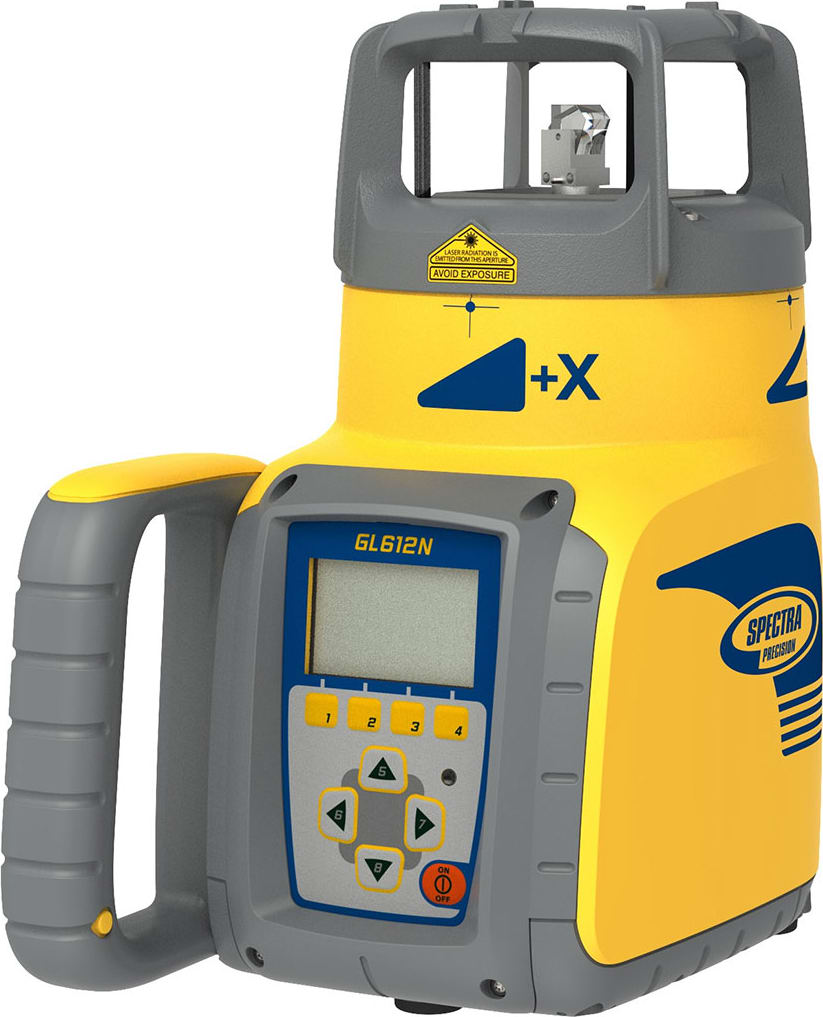

The glow is very nearly uniform in all directions, but the tiny residual variations show a very specific pattern, the same as that expected of a fairly uniformly distributed hot gas that has expanded to the current size of the universe. Alternatively, if spectral radiance is defined as dE λ/dλ, then the peak wavelength is 1.063 mm (282 GHz, 1.168 ⋅ 10 −3 eV photons). The spectral radiance dE ν/dν peaks at 160.23 GHz, in the microwave range of frequencies, corresponding to a photon energy of about 6.626 ⋅ 10 −4 eV.

The CMB has a thermal black body spectrum at a temperature of 2.725 48 ☐.000 57 K. Precise measurements of the CMB are critical to cosmology, since any proposed model of the universe must explain this radiation.

9 Timeline of prediction, discovery and interpretation.The surface of last scattering refers to the set of points in space at the right distance from us so that we are now receiving photons originally emitted from those points at the time of photon decoupling.Īccording to the Theory of Quantum Fields in Curved Spacetimes the origin of these (thermal) microwave photons is related to redshifted particles created in the early Universe, when the production of particles by the expanding background played a significant role. This is the source of the alternative term relic radiation. The photons that existed at the time of photon decoupling have been propagating ever since, though growing less energetic, since the expansion of space causes their wavelength to increase over time (and wavelength is inversely proportional to energy according to Planck's relation). Cosmologists refer to the time period when neutral atoms first formed as the recombination epoch, and the event shortly afterwards when photons started to travel freely through space is referred to as photon decoupling. Unlike the plasma, these newly conceived atoms could not scatter the thermal radiation by Thomson scattering, and so the universe became transparent. When the temperature had dropped enough, protons and electrons combined to form neutral hydrogen atoms. As the universe expanded the plasma grew cooler and the radiation filling it expanded to longer wavelengths. When the universe was young, before the formation of stars and planets, it was denser, much hotter, and filled with an opaque fog of hydrogen plasma. The accidental discovery of the CMB in 1965 by American radio astronomers Arno Penzias and Robert Wilson was the culmination of work initiated in the 1940s, and earned the discoverers the 1978 Nobel Prize in Physics.ĬMB is landmark evidence of the Big Bang origin of the universe. This glow is strongest in the microwave region of the radio spectrum. However, a sufficiently sensitive radio telescope shows a faint background brightness, or glow, almost uniform, that is not associated with any star, galaxy, or other object. With a traditional optical telescope, the space between stars and galaxies (the background) is completely dark (see: Olbers' paradox). It is an important source of data on the early universe because it is the oldest electromagnetic radiation in the universe, dating to the epoch of recombination when the first atoms were formed. The CMB is faint cosmic background radiation filling all space. In Big Bang cosmology the cosmic microwave background ( CMB, CMBR) is electromagnetic radiation that is a remnant from an early stage of the universe, also known as "relic radiation".


 0 kommentar(er)
0 kommentar(er)
